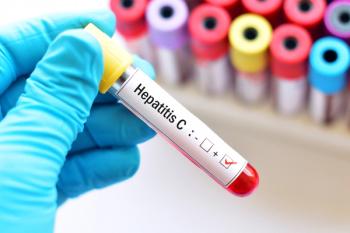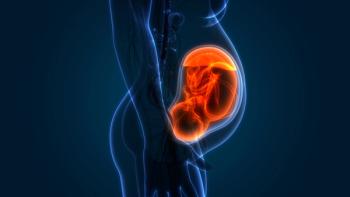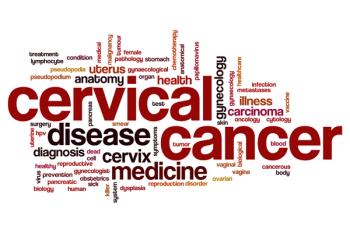
Review the steps in a cesarean and take a moment to examine the best available evidence for performing the procedure.

Review the steps in a cesarean and take a moment to examine the best available evidence for performing the procedure.

Review the steps in a cesarean and take a moment to examine the best available evidence for performing the procedure.

Incidence of maternal sepsis appears to be increasing. Here's what ob/gyns need to know about identification and treatment.

Failure to recognize the warning signs led to poor outcomes for mother and child.

A study looks at two decades worth of data to test whether metformin reduces late miscarriage and PTB in women with PCOS.

The Undetectable=Untransmittable (U=U) advocacy campaign can be a part of helping women reach their reproductive goals.

Earlier trials are contradicted by the results of a new study, and ob/gyns may want to rethink their prescribing habits.

Rising incidence rates of hepatitis C virus among pregnant women could indicate the need for universal screening, but as always, everything comes down to cost.

New research attempts to quantify the effects of maternal smoking, smoking cessation, and smoking reduction in pregnancy on SUID rates.

BRCA mutation carrying mothers may have different risks depending on whether the mutation is BRCA1 or BRCA2.

The much-anticipated results of an injectable progestin clinical trial did not align with previous research.

Maternal and fetal outcomes complicated by SLE require that patient, rheumatologist, and ob/gyn work as a team.

A new study suggests that changes in the fetal brain caused by infections during pregnancy may be linked with autism and possibly depression.

As more states turn to punitive policies to discourage OUD among pregnant women, Dr. Lockwood and Dr. Wolfson examine what the ob/gyn's role in the debate should be.

Molar pregnancies may be associated with serious morbidity so prompt diagnosis, appropriate management, and follow-up are essential.

A recent study examined associations between IPI after stillbirth and the risk of birth compliations in the subsequent pregnancy.

Sometimes out-of-hospital births are a necessity, but a recent presentation examined the safety and outcomes of these types of deliveries.

A case-control study using blood samples, rather than self-reports, provides new data on the link between maternal smoking during pregnancy and ADHD in offspring.

New international research offers data that ob/gyns can use to better manage cholestasis in pregnancy and counsel patients about risk of stillbirth associated with the condition.


A new study looked at whether maternal practices impact the likelihood of a stillbirths at ≥ 28 weeks.

New data from a large, multicenter, randomized trial are now available regarding the effectiveness of endometrial scratching for improving live birth rate with in vitro fertilization.

To address limitations in previous literature on associations between ART and worse perinatal outcomes in offspring, researchers from Finland analyzed potentially harmful effects of ART using a sibling-comparison model approach. PLUS: Consumer and personal care products and BP in pregnancy. ALSO: How can racial disparities in breastfeeding be reduced in the American South?

Misdiagnosis is not uncommon but when faced with a bad situation there are steps that an ob/gyn can take to limit the damages.

Although human papillomavirus (HPV) vaccination has decreased cervical cancer morbidity and mortality, secondary prevention through screening remains an important strategy. PLUS: Does being black influence hysterectomy route and outcomes? ALSO: Syphilis in pregnancy on the rise.